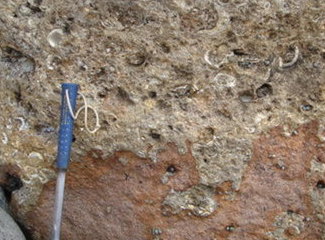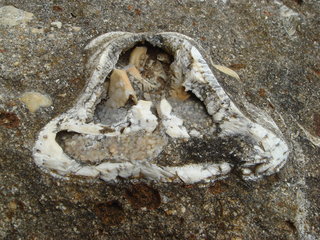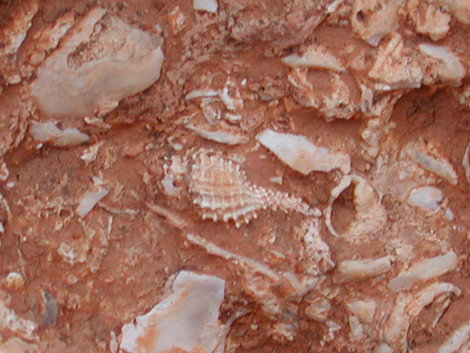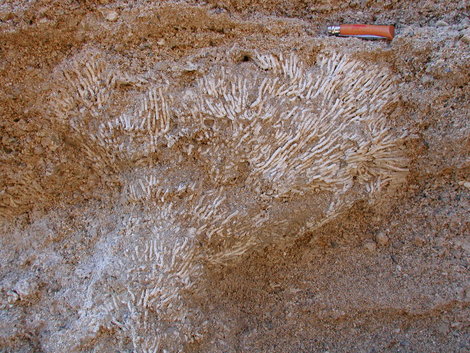- Home
- Jürgen Titschack
- Heterozoan carbonates
Heterozoan carbonates
My main interest are the environmental control, sequence stratigraphy and diagenesis of heterozoan carbonates on steep island shelves. I have studied examples on Rhodes (Greece), Sicily (Italy) and Santa Maria (Azores, Portugal).

Publications
Ávila SP, Ramalho RS, Habermann JM, Titschack J (2018) The Marine Fossil Record at Santa Maria Island (Azores). In: Kueppers U, Beier C (eds) Volcanoes of the Azores: Revealing the Geological Secrets of the Central Northern Atlantic Islands. Springer Berlin Heidelberg, Berlin, Heidelberg, pp155-196
Milker Y, Weinkauf MFG, Titschack J, Freiwald A, Krüger S, Jorissen FJ, Schmiedl G (2017) Testing the applicability of a benthic foraminiferal-based transfer function for the reconstruction of paleowater depth changes in Rhodes (Greece) during the early Pleistocene. PLOS ONE 12:e0188447
Ávila SP, Ramalho RS, Habermann JM, Quartau R, Kroh A, Berning B, Johnson M, Kirby MX, Zanon V, Titschack J, Goss A, Rebelo AC, Melo C, Madeira P, Cordeiro R, Meireles RP, Bagaço L, Hipólito A, Uchman A, Silva CM, Cachão M, Madeira J (2015) Palaeoecology, taphonomy, and preservation of a lower Pliocene shell bed (coquina) from a volcanic oceanic island (Santa Maria Island, Azores, NE Atlantic Ocean). Palaeogeogr Palaeoclimatol Palaeoecol 430: 57-73.
Titschack J, Joseph N, Fietzke J, Freiwald A, Bromley RG (2013) Record of a tectonically-controlled regression captured by changes in carbonate skeletal associations on a structured island shelf (mid-Pleistocene, Rhodes, Greece). Sed Geol 283: 15-33.
Titschack J, Nelson CS, Beck T, Freiwald A, Radtke U (2008) Sedimentary evolution of a Late Pleistocene temperate red algal reef (Coralligène) on Rhodes, Greece: correlation with global sea-level fluctuations. Sedimentology 55, 1747-1776.
Milàn J, Bromley RG, Titschack J, Theodorou G (2007) A diverse vertebrate ichnofauna from a Quaternary eolian oolite from Rhodes, Greece. In: Bromley RG, Buatois LA, Márango MG, Genise JF, Melchor RN (eds). Sediment-organism interactions: A multifaceted ichnology. SEPM Spec Publ 88, 331-342.
Titschack J, Bromley RG, Freiwald A (2005) Plio-Pleistocene cliff-bound, wedge-shaped, warm-temperate carbonate deposits from Rhodes (Greece): sedimentology and facies. Sedimentary Geology, 180: 29-56.
Titschack J, Freiwald A (2005) Growth, deposition, and facies of Pleistocene bathyal coral communities from Rhodes, Greece. In: Freiwald, A., Roberts, J.M. (eds) Cold-Water Corals and Ecosystems. Springer-Verlag Heidelberg, pp 41-59.






